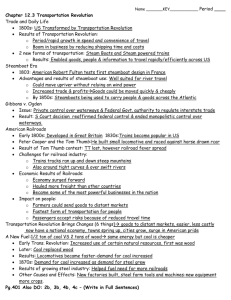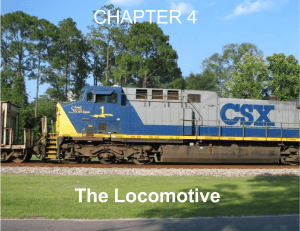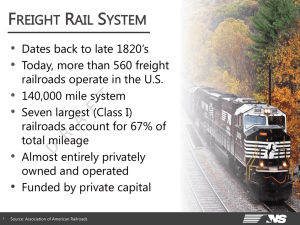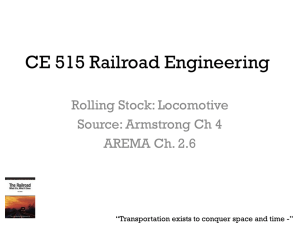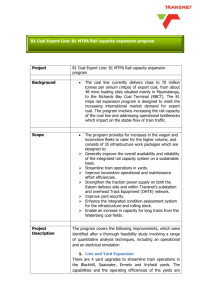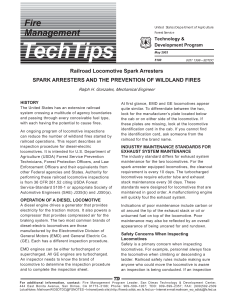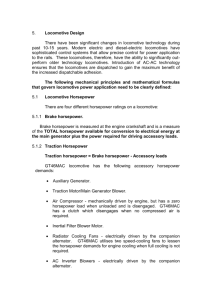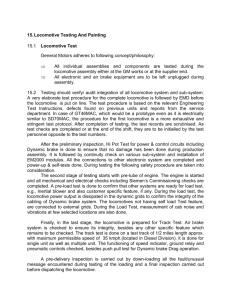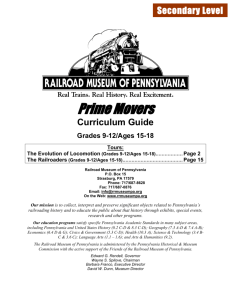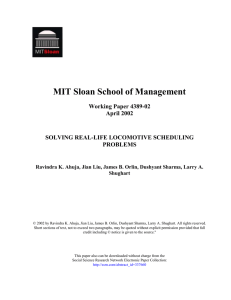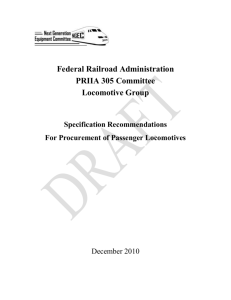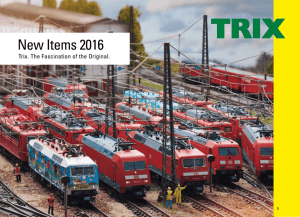Information Technology and Railroads
advertisement
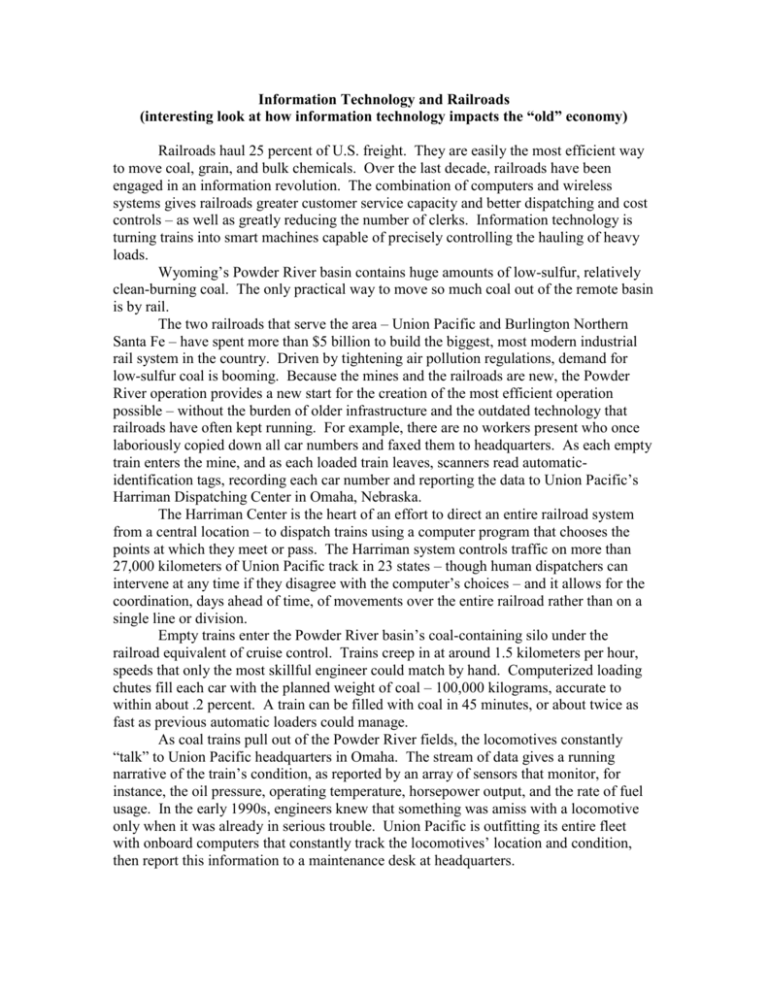
Information Technology and Railroads (interesting look at how information technology impacts the “old” economy) Railroads haul 25 percent of U.S. freight. They are easily the most efficient way to move coal, grain, and bulk chemicals. Over the last decade, railroads have been engaged in an information revolution. The combination of computers and wireless systems gives railroads greater customer service capacity and better dispatching and cost controls – as well as greatly reducing the number of clerks. Information technology is turning trains into smart machines capable of precisely controlling the hauling of heavy loads. Wyoming’s Powder River basin contains huge amounts of low-sulfur, relatively clean-burning coal. The only practical way to move so much coal out of the remote basin is by rail. The two railroads that serve the area – Union Pacific and Burlington Northern Santa Fe – have spent more than $5 billion to build the biggest, most modern industrial rail system in the country. Driven by tightening air pollution regulations, demand for low-sulfur coal is booming. Because the mines and the railroads are new, the Powder River operation provides a new start for the creation of the most efficient operation possible – without the burden of older infrastructure and the outdated technology that railroads have often kept running. For example, there are no workers present who once laboriously copied down all car numbers and faxed them to headquarters. As each empty train enters the mine, and as each loaded train leaves, scanners read automaticidentification tags, recording each car number and reporting the data to Union Pacific’s Harriman Dispatching Center in Omaha, Nebraska. The Harriman Center is the heart of an effort to direct an entire railroad system from a central location – to dispatch trains using a computer program that chooses the points at which they meet or pass. The Harriman system controls traffic on more than 27,000 kilometers of Union Pacific track in 23 states – though human dispatchers can intervene at any time if they disagree with the computer’s choices – and it allows for the coordination, days ahead of time, of movements over the entire railroad rather than on a single line or division. Empty trains enter the Powder River basin’s coal-containing silo under the railroad equivalent of cruise control. Trains creep in at around 1.5 kilometers per hour, speeds that only the most skillful engineer could match by hand. Computerized loading chutes fill each car with the planned weight of coal – 100,000 kilograms, accurate to within about .2 percent. A train can be filled with coal in 45 minutes, or about twice as fast as previous automatic loaders could manage. As coal trains pull out of the Powder River fields, the locomotives constantly “talk” to Union Pacific headquarters in Omaha. The stream of data gives a running narrative of the train’s condition, as reported by an array of sensors that monitor, for instance, the oil pressure, operating temperature, horsepower output, and the rate of fuel usage. In the early 1990s, engineers knew that something was amiss with a locomotive only when it was already in serious trouble. Union Pacific is outfitting its entire fleet with onboard computers that constantly track the locomotives’ location and condition, then report this information to a maintenance desk at headquarters. Once the fleet is equipped, a given locomotive will signal the Omaha center that it has a problem long before it tells the engineer. The sensors should usually catch problems hundreds or thousands of kilometers before they become severe enough for the engineer to care. Information that the engine is using 15 percent more fuel than normal, for instance, is of little concern to the engineer but of great interest to the maintenance technicians monitoring the locomotive. A fundamental shift in railroad technology has been from DC motors to AC motors. This change has been enabled by the availability of fast, inexpensive microprocessors. Power for both a DC locomotive and an AC locomotive starts its path to the wheels in the same way. In both types, a diesel engine turns a generator that produces AC power, which is then converted to DC. (The starting AC power, at a constant 60 cycles per second, could run the locomotive at only one speed.) Here, the technologies diverge. In a DC locomotive, the DC power goes directly to motors that turn the wheels. In an AC motor, the direct current passes through a series of computer-controlled components called inverters, which “chop” the DC power into AC power. This AC is in turn fed to the motors. Computer chips make AC motors practical by regulating the flow of power with a precision impossible by any other means. The chips monitor and control the DC entering the inverters and make sure that they deliver the proper amount of AC to the traction motors. Each inverter may require as many as 500 on-off commands per second to regulate the AC flow. (Imagine a train engineer trying to make 500 changes in throttle position every second.) Beyond their ability to pull heavier loads, AC motors improve overall efficiency. Each locomotive wheel makes contact with an area of rail no larger than a nickel. The percentage of weight on that wheel that is converted into pulling power is called “adhesion.” While the best DC motors can provide an adhesion of about 30 percent, AC locomotives take advantage of precise computer control of the traction motors to achieve adhesion averaging 34 to 38 percent; each percentage point gain in adhesion provides the pulling power for five additional fully loaded coal cars. Chapter 1
